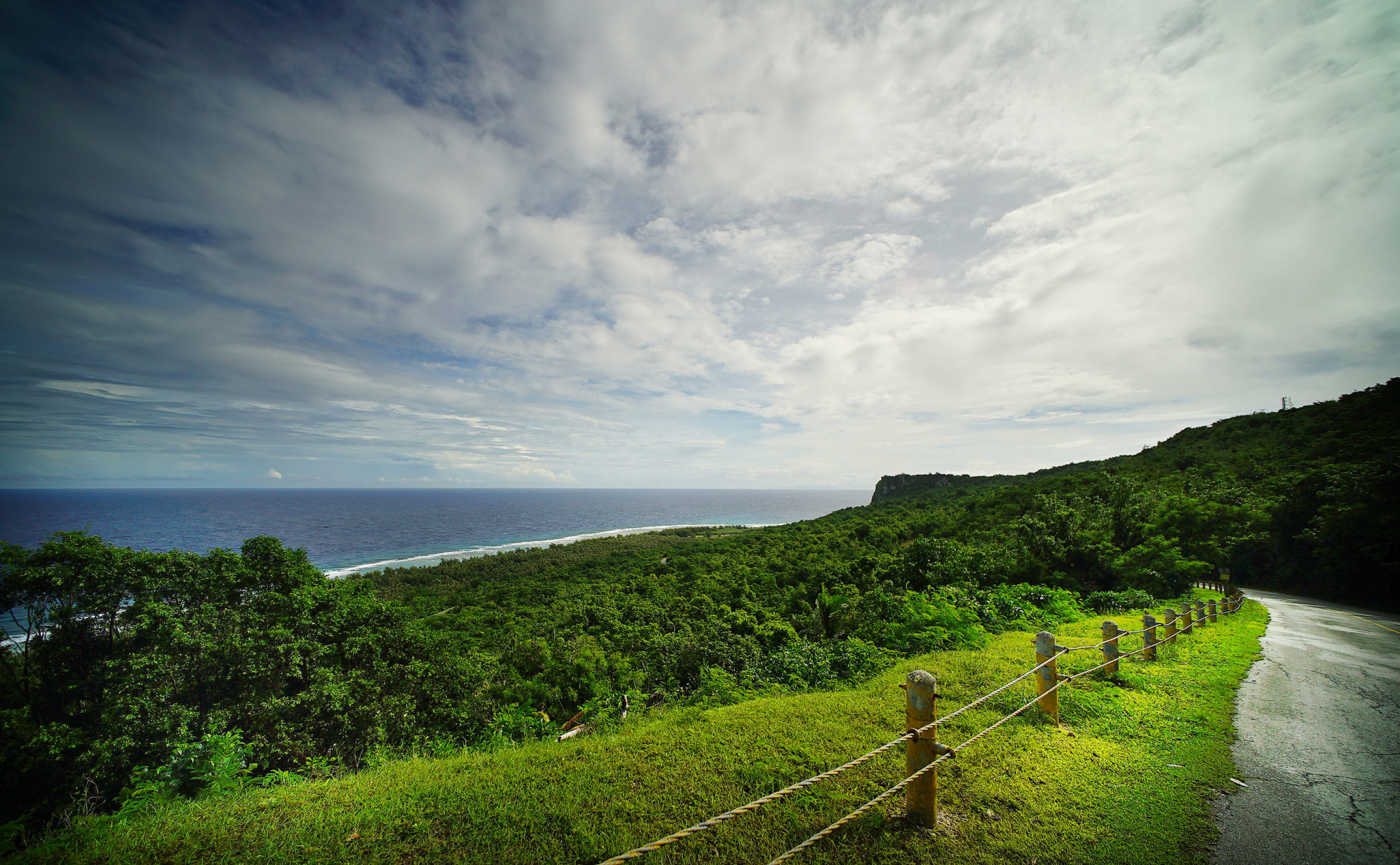The U.S. Fish and Wildlife Service will designate critical habitats for 23 endangered species in the Pacific thanks to a legal settlement with the Center for Biological Diversity.
The nonprofit environmental advocacy group filed the settlement Tuesday on Guam, concluding the lawsuit that it filed against the federal agency last year.
Species that will benefit from the settlement include the Pacific sheath-tailed bat, the Guam tree snail and Bulbophyllum guamense, an orchid with greenish-yellow flowers.
Maxx Phillips, director of the Center for Biological Diversity’s Honolulu office, said the U.S. Fish and Wildlife Service designated nearly two dozen species in the Micronesian region as endangered or threatened in 2015, but blew past a 2016 deadline to designate critical habitats for the animals and plants.
“Unique Pacific island species like the Marianas eight-spot butterfly needed habitat protection years ago,” she said, adding that federal agencies including the military have been responsible for habitat loss. “Our nation really has a duty to protect the natural heritage of special places and these species that are found nowhere else on this earth.”

The U.S. Fish and Wildlife Service in Honolulu didn’t reply to requests for comment on Monday.
Under the settlement, the agency must submit a proposed rule to the Federal Register by June 26, 2025. That will open up a public comment period and allow people to weigh in on the proposed critical habitats before they’re finalized, Phillips said.
She said the multiyear wait to designate the habitat takes into account the U.S. Fish and Wildlife Service’s limited funding and resources.
The settlement also includes the Marianas eight-spot butterfly, which used to be found on both Saipan and Guam but now is only found on Guam, she said. One of its homes is the National Wildlife Refuge in northern Guam, which is slated to be used as a surface danger zone for a machine-gun range in the neighboring Anderson Air Force Base.
That plan is part of the reason the U.S. Fish and Wildlife Service was concerned about several of the plants and animals back in 2015.
鈥淲e consider the threat from ordnance and live-fire training to be a serious and ongoing threat for four plant and three animal species addressed in this final rule,” the agency , noting “direct damage to individual plants and animals may be fatal, or cause enough damage to render them more vulnerable to other threats.鈥�
The butterfly isn’t the only creature at risk 鈥斅� the animals referenced also include a type of lizard called Slevin’s skink and the humped tree snail.
That’s worrisome to Julian Aguon, an attorney with Blue Ocean Law on Guam who worked with the Center for Biological Diversity on the case. He said the settlement is just one part of a long-term effort to protect Guam’s environment against destruction from military training.
“It鈥檚 the time to stand up for these creatures. It鈥檚 really now or never. It’s not enough and we need to keep doing more,” he said. “You can鈥檛 cut and paste a butterfly out of its habitat.”
He recalled how the U.S. military got an exception to the Migratory Bird Treaty Act to continue bombing practice on Farallon de Medinilla, an island in the northern part of the Marianas chain, despite the presence of migratory birds that would’ve been protected elsewhere.
Normally, federal wildlife refuges can’t be surface danger zones for military training ranges but Congress made an exception for this on Guam to allow the new machine gun range to proceed.
“This is just one step along the road, there are just so many more steps we have to take,” he said.
 Sign up for our FREE morning newsletter and face each day more informed.
Sign up for our FREE morning newsletter and face each day more informed.
We need your help.
Unfortunately, being named a聽finalist for a聽Pulitzer prize聽doesn’t make us immune to financial pressures. The fact is,聽our revenue hasn鈥檛 kept pace with our need to grow,听.
Civil Beat is a nonprofit, reader-supported newsroom based in 贬补飞补颈驶颈. We鈥檙e looking to build a more resilient, diverse and deeply impactful media landscape, and聽we hope you鈥檒l help by .
About the Author
-
 Anita Hofschneider is a reporter for Civil Beat. You can reach her by email at anita@civilbeat.org or follow her on Twitter at .
Anita Hofschneider is a reporter for Civil Beat. You can reach her by email at anita@civilbeat.org or follow her on Twitter at .
